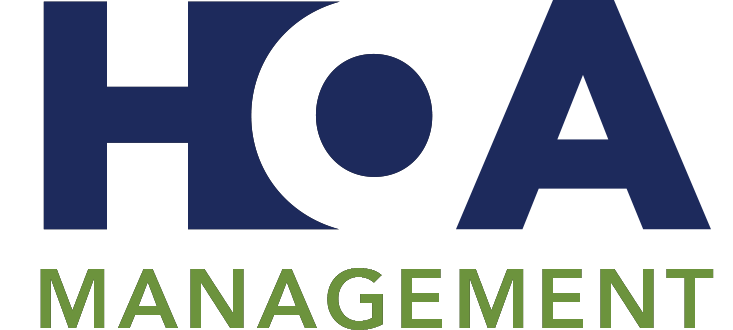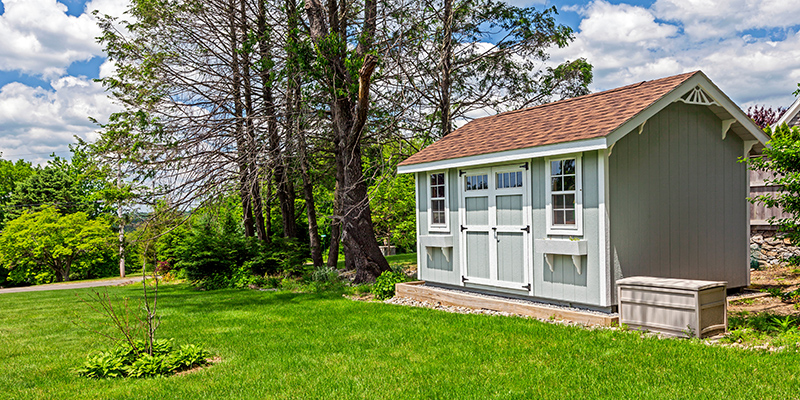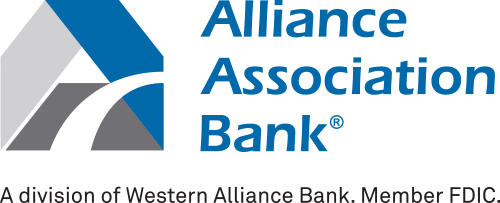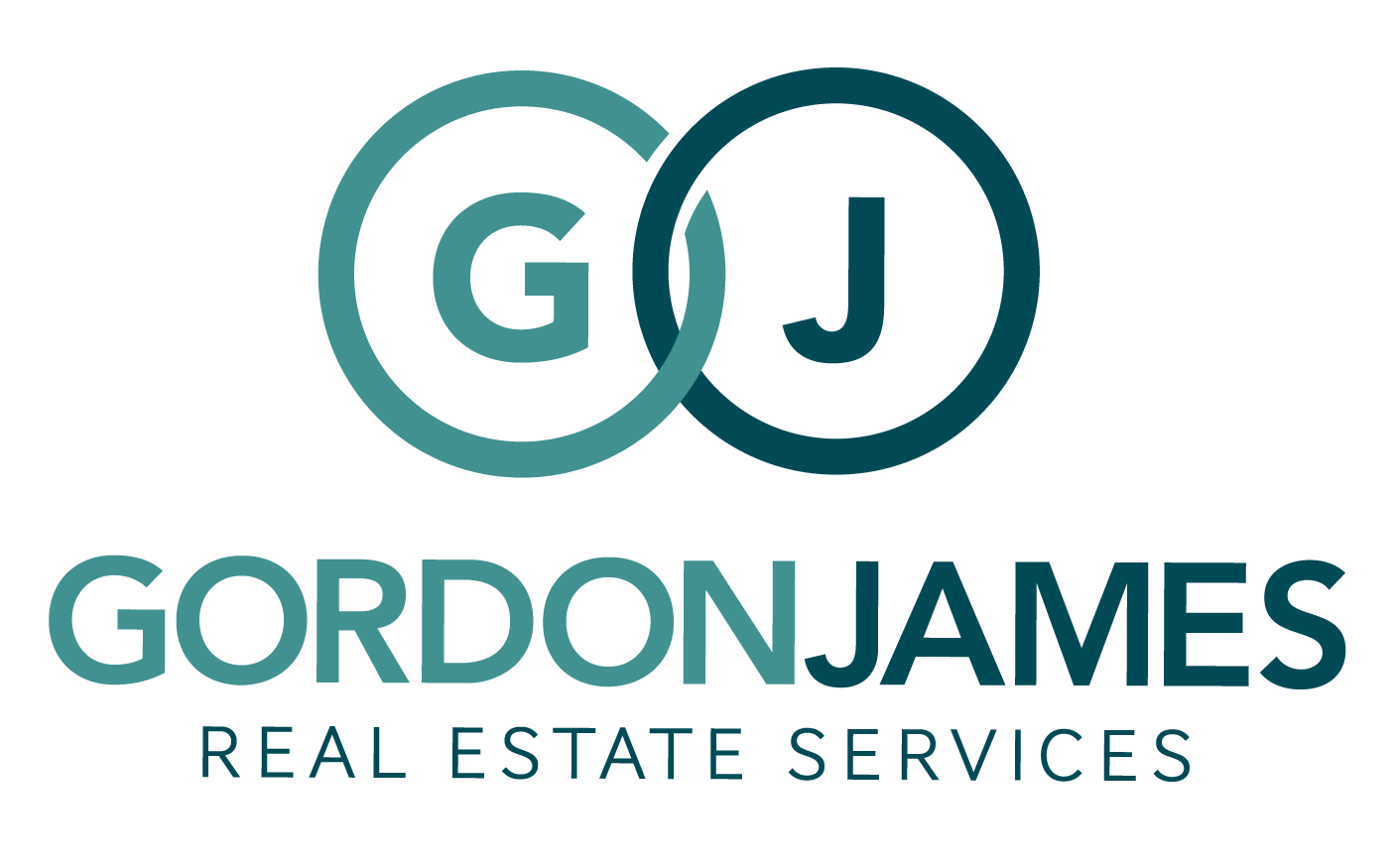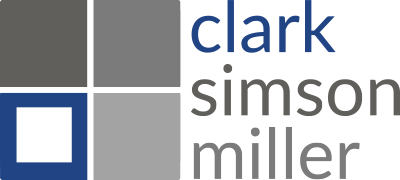How to Set the Right Funding Goals for Your Association

Reserve studies are intended to help financially prepare an association for the inevitable necessity of major repairs or replacement of facilities, equipment and other assets in a community association’s common areas. Since the association is required to maintain these items, it is critical that the needed funds be available when the time comes to provide the necessary services. Such reserve studies usually cover life expectancies for these items from 1 to 30 years.
Browse By Category
Sign up for Our Newsletter
Reserve studies are intended to help financially prepare an association for the inevitable necessity of major repairs or replacement of facilities, equipment and other assets in a community association’s common areas. Since the association is required to maintain these items, it is critical that the needed funds be available when the time comes to provide the necessary services. Such reserve studies usually cover life expectancies for these items from 1 to 30 years.
A reserve study not only helps an association anticipate when and what will need attention, but it keeps an association’s finances (reserve balances, revenues and expenses) healthy and stable. This is important not only from the association’s point of view, but for the owners so they can properly plan their personal cash flow. An association that is well-funded, and properly plans for their future reserve expenditures, helps to keep the community looking and functioning smoothly, equalizes the contributions of old and new owners, reduces the need for future special assessments, and can enhance the resale value of all properties in the association.
There are two different approaches to calculating reserve studies, even though the goals outlined above are the same.
Component Funding Method: This is considered the most conservative approach to developing a reserve study. The calculations are based on the total replacement cost and life expectancy of each asset being considered. In other words, there is effectively a separate reserve established for each reserve component. The objective of this method is to get the reserve balances to 100% funded as quickly as possible over the longest practical period of time, but it is probable that it will appear your community is “over funded” with more cash available than it going to be needed for the near-term projects. This method is also referred to as a “Fully Funded” model which aims to keep reserves at or near 100% funded.
Cash Flow Method: This method calculates the amount of each owner’s contributions to reserves based on an estimate of the anticipated annual reserve expenditures over the next 30 years. In other words, this method tests different reserve funding plans against the forecasted schedule of reserve expenses until the desired funding goal is achieved. The available cash at any given time is expected to be sufficient to meet the projected annual needs because all of the reserve monies are pooled in “one pot”. There are several alternative funding goal approaches which are used under this method:
Baseline Funding: This funding goal establishes a predicted reserve cash balance which will remain above zero. Hence, this becomes the “baseline” under which the reserve balance does not fall.
Threshold Funding: Similar to the baseline method, where “zero” is the base, this goal establishes a specified minimum dollar or percentage of reserves under which the reserve balance is calculated not to fall.
Current Assessment Funding: This process allows the association to match what they are “currently” collecting for reserves, when all future anticipated costs and life expectancies are considered, and to see how effective this level of collections would be over the next 30 years. It is a means of checking your current reserve contributions against what will eventually be needed throughout. This method also allows the reserve analyst to input their perspective into the study based on the association’s overall financial picture.
Percent Funded: This method allows an association to measure the comparative amount of their reserve funds to the balance they’d have under the Fully Funded model described above.
Statutory Funding: In some states local statutes may require that a minimum amount of reserves be maintained for some or all of the association’s asset components.
The Management Trust offers a variety of services which happen to include Reserve Studies by our in-house certified Reserve Study Analysts. Let them help provide their assistance in setting the right funding goals for your association.
Written by Tea Fant, The Management Trust – Northwest
Trending Now
Related Article
Sign up for Our Monthly Newsletter
Sign up below for monthly updates on all HOA Resource

